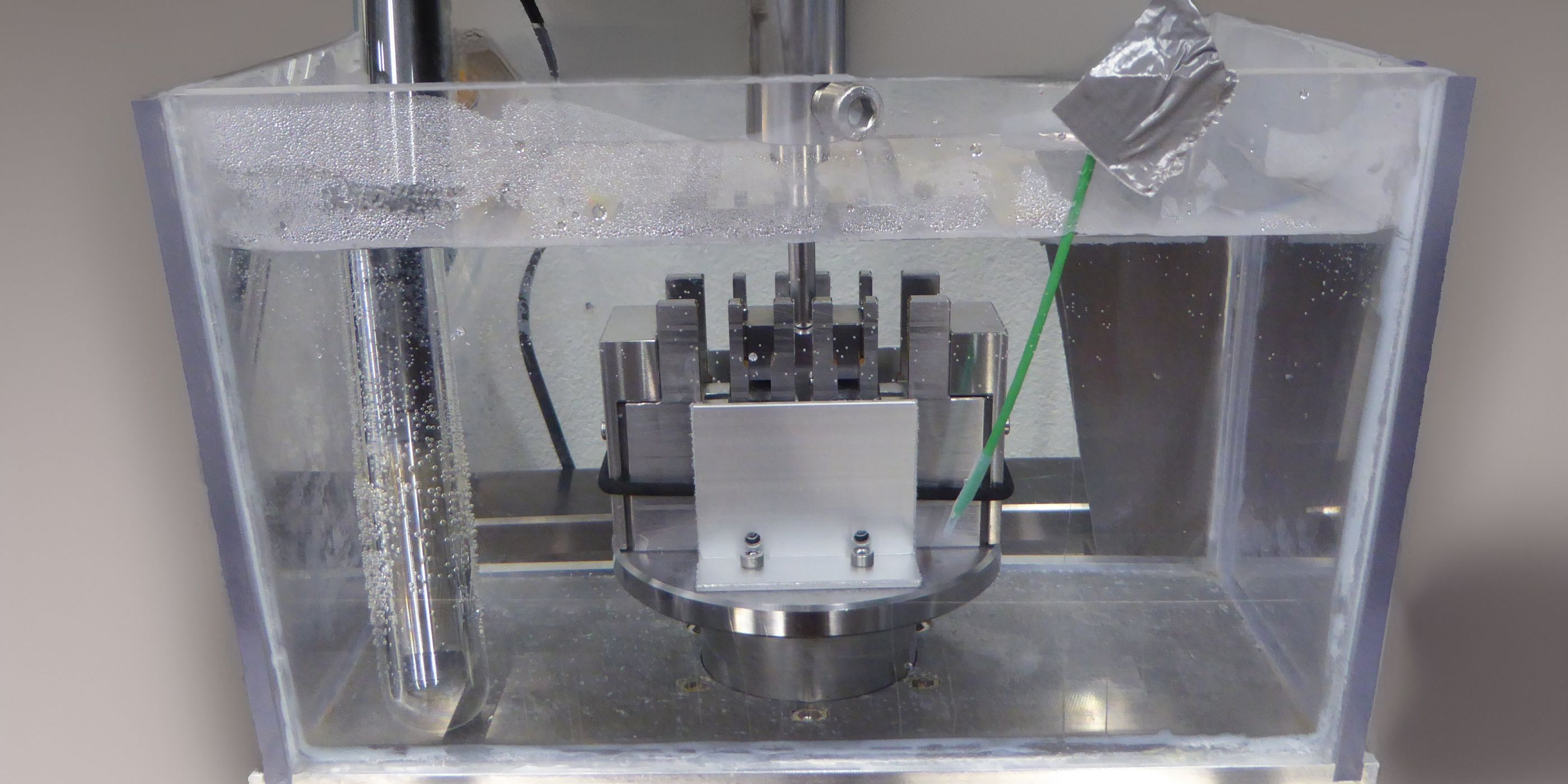RMS Foundation
Robert Mathys-Strasse 1
2544 Bettlach
Switzerland
Phone +41 32 644 2000
XRD analyses are used to identify and quantify crystalline phases (e.g. minerals, ceramics, metals). As the diffraction signal is dependent on the arrangement of the atoms in the crystal structure, XRD can also be used to distinguish phases with identical chemical composition but different crystal structures (so-called polymorphs).
Whenever possible, we carry out our testing services in accordance with or based on these international standards:
We use our XRD for the following analyses, among others:
In addition to the standard analysis, there are various other options:
We test all products based on crystalline materials from various industries. Samples with at least one crystalline phase are suitable.
Contact us and we will discuss your individual problem.
At least 1.0 g of material is required. It must be possible to process the sample into a powder. For samples that cannot be pulverized, please contact us in advance to clarify the possibility of a measurement.
The detection limit is usually approx. 0.5 - 1.0 wt‑%, but depends strongly on the complexity of the diffraction signal.
RMS is an ISO 17025 accredited analytical laboratory (accreditation type C). Many of the XRD analyses are already validated and accredited for specific standards and materials. New or customer-specific analysis methods can be validated by us.
Since 1995, the services of our materials testing laboratory have been accredited according to ISO/IEC 17025. Our QM system is ISO 9001 certified.
Here you will find our latest blog posts.

RMS Foundation
Robert Mathys-Strasse 1
2544 Bettlach
Switzerland
Phone +41 32 644 2000
E-Mail
Subscribe to our Info-letter, and we will inform you about 10 times a year about current developments in the fields of material testing, research, and knowledge transfer.